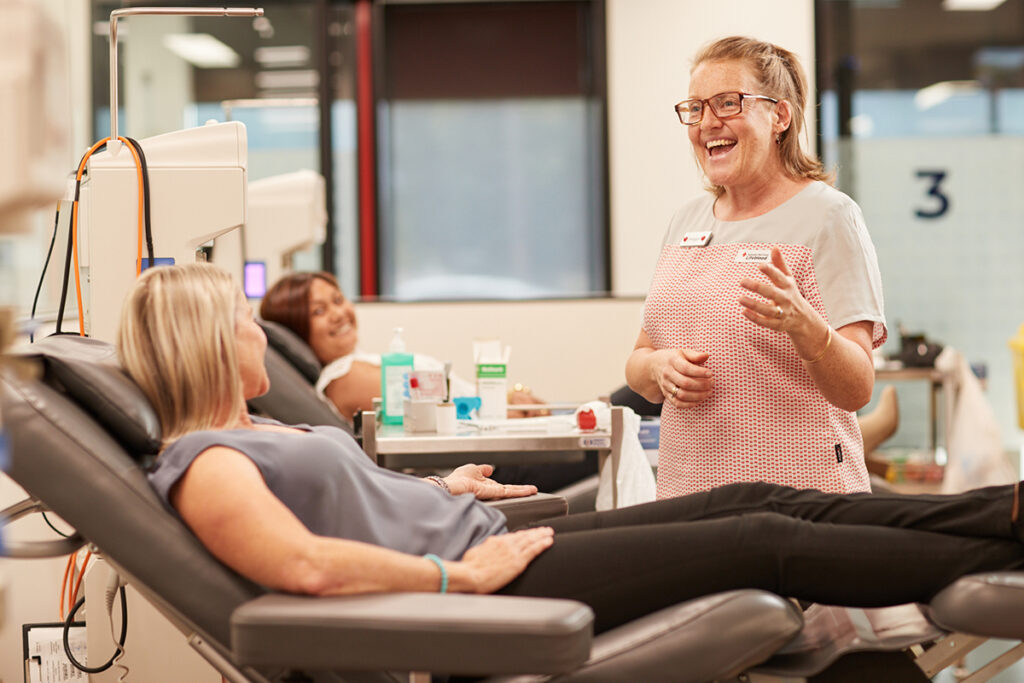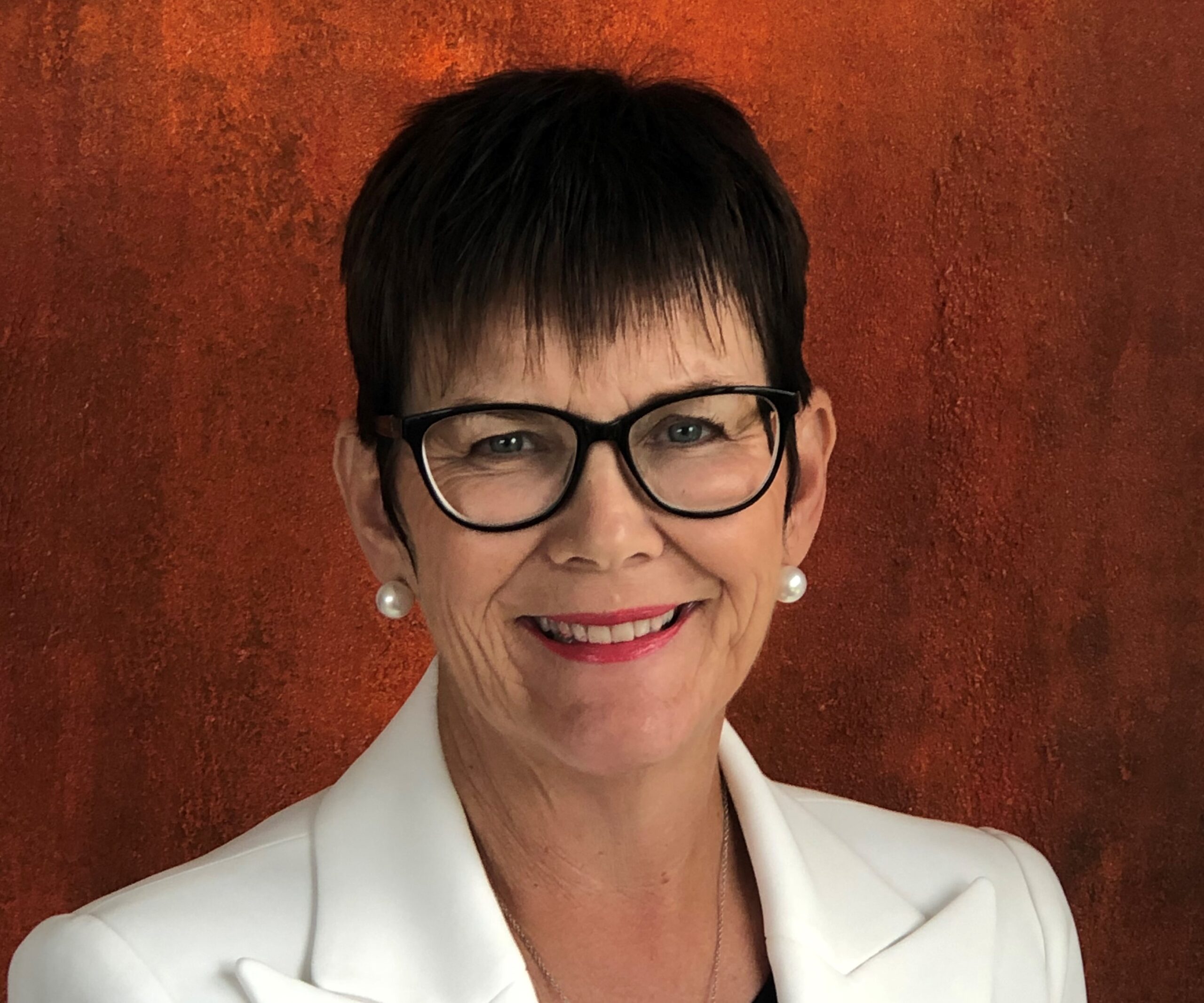Four Big Ideas to Transform Meetings and Unleash High-Performance
Four Big Ideas to Transform Meetings and Unleash High-Performance
The global talent crunch has left many organisations struggling to fill critical roles while still needing to drive high performance and deliver sustainable outcomes.
Between 2016 and February 2022, I served as the CEO of Lifeblood, the operating division of the Australian Red Cross Society responsible for the collection and distribution of blood and other biological products. As you might imagine delivering sustainable outcomes was at the very top of my agenda.
Right from the start of my tenure, I ensured there was a strong focus on creating a culture of high performance and improving operations across all product and service lines. Little did I know how important this work to optimise the business would prove to be.
At the height of the COVID pandemic, blood supplies globally reached critical levels. However, here in Australia, we were able to buck the global trend and maintain relatively high levels of these blood products.
The great work carried out by the entire Lifeblood team to create a culture of efficiency and high-performance played a vital part in our comparative success.

Our Meeting Culture was Key to Unlocking High Performance
Crucial to creating a high-performance organisation was to enable more effective meetings, and to have decisions made at the right point of the organisation. This helped prepare the organisation to adapt, innovate and increase the speed of response to meet the challenges and opportunities the pandemic presented.
We were able to respond with an agile approach to the evolving crisis; preparing teams to absorb, synthesise and prioritise emerging issues and data; and empowering leaders to make timely decisions.
Transforming a meeting and decision-making culture to drive high performance takes time and a collaborative effort.
However, the “Big Ideas” that we implemented at Lifeblood may serve as a useful guide for any leader wanting to make a similar shift in culture:
 Big Idea One: Examine the Current State and Set the Future State
Big Idea One: Examine the Current State and Set the Future State
The executive team began by examining the outcomes of meetings – finding that action lists were long, and overdue actions were building up over time without a clear line of accountability. At the same time, the senior leaders were highlighting a culture of decision-by-committee and not always using their own decision-making power to progress.
The executive team challenged themselves and the wider Lifeblood team to sharpen meetings and reduce overall time spent in meetings.
Through an internal review of our meetings, we discovered that some outcomes could be achieved without meetings at all. As a result, we created clear terms of reference including meeting purpose, responsibilities, frequency, duration, and participants (and their roles). In addition, pathways for communication outside meetings were enhanced.
 Big Idea Two: Lead by Example
Big Idea Two: Lead by Example
Once we established the framework for meetings and decision-making authorities, the executive team role-modelled best practice meetings. We cut down our own meetings and found new ways to communicate decisions.
The team went from bi-weekly 6-hour meetings to one per month with a very structured agenda; and one per month over lunch which was unstructured and free flowing, allowing debate, information sharing and brainstorming. We instigated a weekly huddle to measure KPIs, and invited senior leaders to attend, allowing them to see how the executives were working.
 Big Idea Three: Standardise
Big Idea Three: Standardise
Although the business generally became more effective in their meetings and decision-making, some areas of the organisation were still struggling to embrace the new approach.
One of the concepts that helped was investing in a common organisational language around meetings. Defined language such as “huddles” and “pivoting” and phrases like “what’s my locus of control” (the extent to which an individual could influence the situation) helped leaders understand their part in decision-making.
We also introduced standard meeting protocols with agreed agenda templates, and pre-prepared, prioritised agendas. Papers were circulated prior to each meeting within an agreed time frame. In addition, a voting process, for the easier decisions was introduced in the pre-meeting stage. This removed time spent in the meeting, however the process enabled these decisions to be formally recorded.
 Big Idea Four: Ensure Clear accountabilities with room to Pivot
Big Idea Four: Ensure Clear accountabilities with room to Pivot
Ensuring that all leaders understood their “locus of control” was supplemented by a delegations framework (and a culture) led by the executives to clarify who in the organisation was Responsible, Accountable, Supporting, Consulted, Informed pre or post meeting.

The Hallmarks of High-Performance
During the worst crisis in living memory, the Covid pandemic, we were able to retain focus as an organisation. The team adapted, innovated, and increased the speed of response to meet the challenges and opportunities the pandemic brought. The teams were able to lead and communicate effectively, absorb and synthesise new information and make the right decisions quickly to ensure that Australia retained the levels of blood products they needed.
Success can never be attributed to just one action. The executive team lead by example, role-modelling and coaching their teams. The strategy team provided the data-led insights into what was working; and the teams themselves stepped into their power. I pay tribute to the leaders at Lifeblood for all they invested to deliver this.

Shelly Park, Executive Coach and Mentor, SMG
Shelly Park was CEO of Lifeblood from March 2014 until February 2022. Shelly has had a passion for the development of others and brings lived experience and deep empathy for the challenges of leading from the top. She works with her clients to understand the business context and gets to the core issues quickly to provide both insight and practical strategies. In addition to being an Executive Coach and Mentor for SMG, Shelly is on the Board of Advisors to the Australian Organ and Tissue Advisory, a Non-Executive Director of St John of God Healthcare and has recently been appointed as the Chair of the Ambulance Victoria Board.








